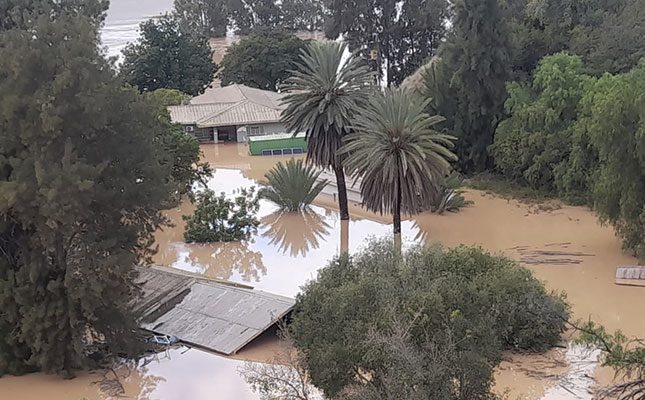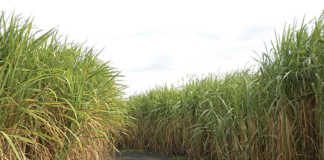
Western Cape Minister of Agriculture Dr Ivan Meyer said the Cape Winelands, Matzikama and the West Coast seemed to be worst off, with citrus, potato and grain farmers bearing the brunt of the floods.
“Grain farmers are unable to spray their crops due to waterlogging. The alternative is to use aerial spraying, which will drive up production costs. Citrus picking in the upper Olifants River came to a standstill, with those who could still pick being unable to transport their fruit to the market because of damaged roads,” Meyer said.
Long-term crops such as table and wine grapes had also been severely affected. Many net structures were under water, causing infrastructural and plant damage, some of which might become apparent only later in the season.
Meyer said that roads in various regions had been severely damaged. For instance, extensive damage had occurred to the Urionskraal road near Vanrhynsdorp, while the road connecting Citrusdal to the N7 had been partially repaired. Many dirt roads were also damaged, with many of those being in the Wupperthal and Cederberg area.
Jannie Strydom, CEO of Agri Western Cape, agreed that infrastructural destruction was a major concern.
“Many farmers have suffered damage to irrigation infrastructure, particularly along rivers, and some have been cut off from the market due to damage to access roads.”
Electricity and water infrastructure also suffered widespread destruction, with some farmers left without power, and Vanrhynsdorp, specifically, without water for some time.
According to the Western Cape Ministry of Local Government, Environmental Affairs and Development Planning, cold weather was forecast for the rest of the week, with the next cold front expected this weekend. This cold front, however, looked as if it might pass below South Africa’s southern tip.











